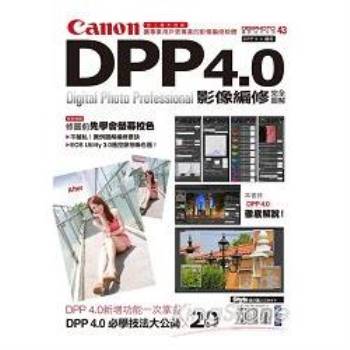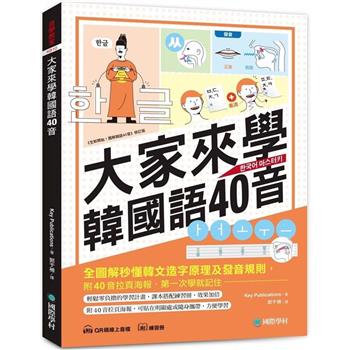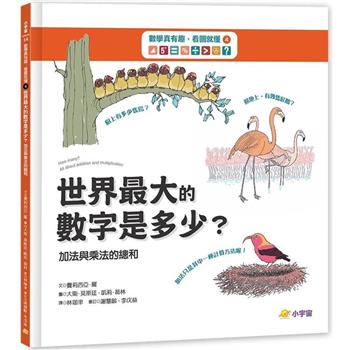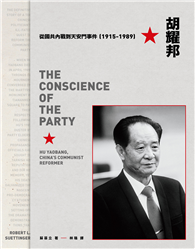Form Follows Fever is the first in-depth account of the turbulent early years of settlement and growth of colonial Hong Kong across the 1840s。 During this period, the island gained a terrible reputation as a diseased and deadly location。 Malaria, then perceived as a mysterious vapour or miasma, intermittently carried off settlers by the hundreds。 Various attempts to arrest its effects acted as a catalyst, reconfiguring both the city’s physical and political landscape, though not necessarily for the better。
Caught in a frenzy to rebuild the city in the devastating aftermath, this book charts the complex interplay between a cast of figures, from military surveyors, naval doctors, Indian sepoys, and corrupt and paranoid officials to opium traders, arsonists, Chinese contractors, and sojourner architects and artists。 However, Hong Kong’s ‘construction’ was not just physical but also imagined。
Architecture, cartography, epidemiology, and urban infrastructure offer a critical forensic lens through which to examine the shifting ideologies of public health and space, race and place-making, and commerce and politics, all set against the radical alteration of the settlement—from shore-hugging to climbing city—in response to miasma theory, a pre-bacteriological belief in gaseous emanations from a sickly environment。
This kaleidoscopic study draws upon many unpublished textual sources, including medical reports, personal diaries and letters, government records, journal accounts, newspaper articles, and advertisements。 As this history is set a decade before the introduction of photography to the colony, the book relies upon a variety of alternate visual evidence—from previously lost watercolour illustrations of the city to maps, plans, and drawings— that individually and in combination provide trace material enabling the reconstruction of this strange and rapidly evolving society。 Form Follows Fever sheds new light on a period often considered the colonial Dark Ages in the territory’s history。
Christopher Cowell’s account of British Hong Kong offers the most detailed account yet of the crucial first decade of the colony’s existence。 His engagement with the medley of actors, from across the globe, that contributed to the colony’s ultimate success is both intriguing and revealing。 It is a brilliant miniature of colonial urban development in action。
—Alex Bremner, Edinburgh School of Architecture and Landscape Architecture,
University of Edinburgh
This is a beautifully written book。 Cowell offers fresh perspectives on how malaria played a decisive role in shaping the forms of the colonial built environment and the future course of the city。 It is a must-read for anyone interested in Hong Kong history and urbanism。
—Cecilia L。 Chu, School of Architecture, The Chinese University of Hong Kong
A wonderfully rich and detailed architectural history of Hong Kong’s first decade as a British colony that sheds new light on the consequential effects of disease and climate on what was built, by whom, and why。
—Cole Roskam, Department of Architecture, The University of Hong Kong
Form Follows Fever shows how Hong Kong’s path from a so-called ‘barren island’ to a thriving port city was often a perilous one。 It is a wonderfully original and insightful study that weaves together an unlikely melange of urban history, military engineering, and medical history。
—John M。 Carroll, Department of History, The University of Hong Kong
| FindBook |
|
有 1 項符合
form follows fever: malaria and the construction of hong kong, 1841-1849的圖書 |
 |
$ 1248 ~ 1711 | Form Follows Fever:Malaria and the Construction of Hong Kong, 1841~1849 (電子書)
作者:Christopher Cowell 出版社:香港中文大學 出版日期:2024-03-14 語言:英文 規格:普通級  共 4 筆 → 查價格、看圖書介紹 共 4 筆 → 查價格、看圖書介紹
|
|
|
圖書介紹 - 資料來源:博客來 評分:
圖書名稱:Form Follows Fever:Malaria and the Construction of Hong Kong,1841-1849
內容簡介
作者介紹
作者簡介
Christopher Cowell
Christopher Cowell received a PhD in architecture (history and theory) from Columbia University。 He has taught worldwide, including in Hong Kong, New York, and more recently in Dublin, where he was assistant professor of modern and contemporary architectural history at Trinity College。 He now lectures in architectural history and theory at London South Bank University。 His longstanding historical research focuses on both southern China and northern India, exploring the entanglement of modernity within European imperialism and its participation in architecture and urbanism。
Cowell’s writing examines the relationship between the practice and theory of architecture against the cultural complexity of colonialism。 This intersection draws upon the study of urban militarism, spatial security, hinterland ecologies, cartography, property, climate, disease, and race, among others。
Christopher Cowell
Christopher Cowell received a PhD in architecture (history and theory) from Columbia University。 He has taught worldwide, including in Hong Kong, New York, and more recently in Dublin, where he was assistant professor of modern and contemporary architectural history at Trinity College。 He now lectures in architectural history and theory at London South Bank University。 His longstanding historical research focuses on both southern China and northern India, exploring the entanglement of modernity within European imperialism and its participation in architecture and urbanism。
Cowell’s writing examines the relationship between the practice and theory of architecture against the cultural complexity of colonialism。 This intersection draws upon the study of urban militarism, spatial security, hinterland ecologies, cartography, property, climate, disease, and race, among others。
目錄
List of Illustrations / xiPreface / xv
A Note on Names / xxi
Chapter 1 Introduction………………….………………….………………….…………………. 1
Chapter 2 An Island Reclaimed, 1841–1842 ………………….……………………….. 33
Chapter 3 A Town Redrawn, 1843–1844 ………………….……………………………..107
Chapter 4 A Labour Renewed, 1844–1846 ………………….…………………….……179
Chapter 5 A City Remade, 1844–1846 ………………….………………………………...247
Chapter 6 An Outbreak in Miniature, 1847–1849 ……………………………….....297
Map of Victoria, Hong Kong, 1843 ………………….………………………………........327
Bibliography …………………………………………………………………………………………..329
Index ……………………………………………………………………………………………………..341
A Note on Names / xxi
Chapter 1 Introduction………………….………………….………………….…………………. 1
Chapter 2 An Island Reclaimed, 1841–1842 ………………….……………………….. 33
Chapter 3 A Town Redrawn, 1843–1844 ………………….……………………………..107
Chapter 4 A Labour Renewed, 1844–1846 ………………….…………………….……179
Chapter 5 A City Remade, 1844–1846 ………………….………………………………...247
Chapter 6 An Outbreak in Miniature, 1847–1849 ……………………………….....297
Map of Victoria, Hong Kong, 1843 ………………….………………………………........327
Bibliography …………………………………………………………………………………………..329
Index ……………………………………………………………………………………………………..341
|










